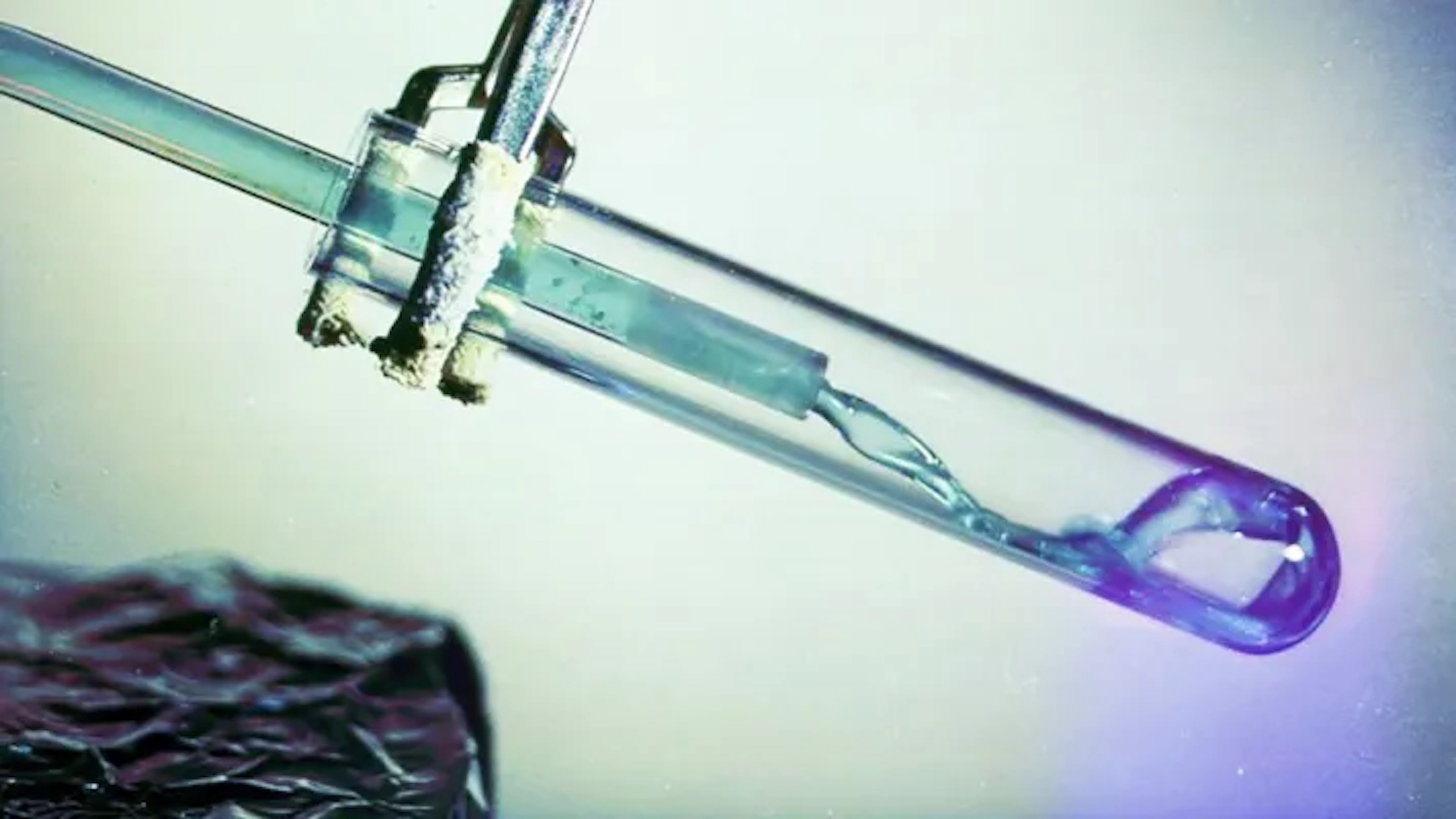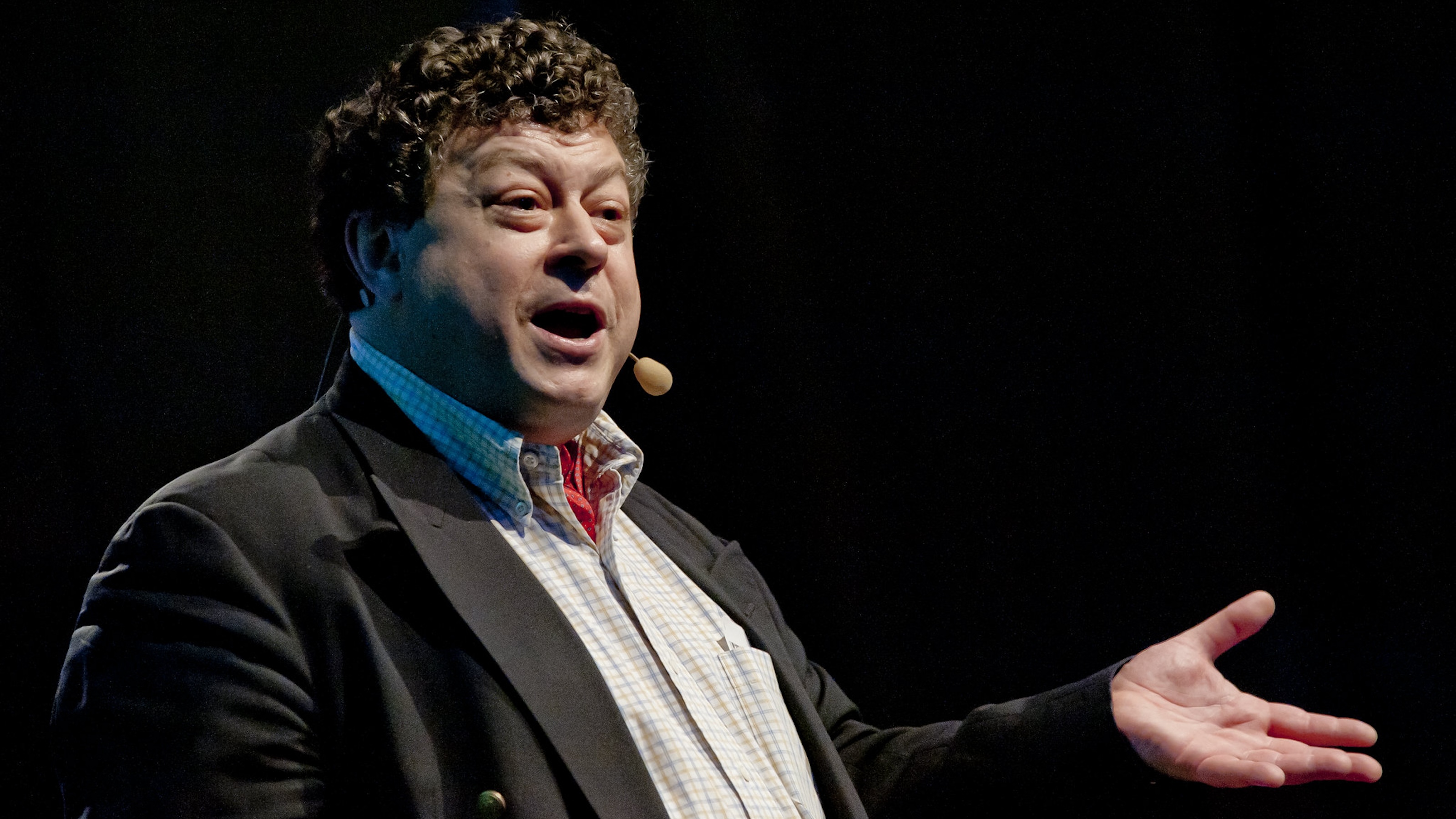Face-planting your way to success

Todd Yellin, VP of Product Innovation at Netflix, doesn’t suggest that you should try to fail as much as you can. But he does say failures are an inevitable part of innovating and that — if you do them right — you can derive great information from them. Especially “good failures.” In his Big Think+ video “Fall on Your Face,” Yellin points out that the very same things that make an idea worth trying in the first place are likely to lead to valuable lessons when things don’t work out.
So, what’s a good failure?
“So, good failure is something where you tried something for logical reasons, it made sense why you tried it; it was a reasonable hypothesis,” says Yellin. With sensible metrics that allow you to clearly identify success and failure, you’re positioned for a valuable outcome no matter what happens: A win is a win, of course, and if a product fails, you gain insight about what to fix on your next try.
When Yellin’s Netflix team expanded their service into Latin America, for example, their metrics revealed that “we planted a firm face plant in Brazil and Mexico, and so forth…But the exciting thing is,” he continues, “after we fell on our face we got up, we brushed ourself off. We learned about how to make a better experience. We learned on the language front: Put out everything with subtitles and dubbing because different people enjoy different ways to watch it across Brazil, across Mexico, across Colombia and all of Latin America.” The story had a happy ending for Netflix: “We became very successful over time.”
Then there’s bad failures
Bad failures occur when your product really didn’t warrant attempting from the get-go: “If it’s not compelling in the way that it misses some internal logic, and then it fails, you really have no excuse,” says Yellin.
There’s a common pitfall that seems to go along with such ideas. If a strong personal hunch tempts you to go for a do-over when a poorly conceived product fails — “I’ve got to be right, there’s got to be something wrong here” — the result is even more useless. Watch out, Yellin advises, because, “ if you keep on making the same mistake over again and you don’t learn from your past, that’s a bad kind of failure too.”
A smart way to try something out
Yellin and Netflix are big fans of MVPs — “minimum viable products” — as a way to avoid wasting resources on initiatives that may not pan out, and also as a way of distilling a new concept to its most important parts. When you’re testing, try to invest only as much as is absolutely necessary for the product to work.
Don’t bother with bells and whistles for an untested product, says Yellin — you’ll just be wasting time and money if the basic idea turns out to be a non-starter. It’s easy to fall into this trap when “you’re so passionate about something, and you want to make it so good because you want your test to succeed that you overly invest in it.”
Of course, if you overdo the “emphasis on too minimum,” you risk depriving the product of essential elements, and, Yellin says, “you really get a false negative because maybe it was a good idea, and if you just would have put a little more polish on it, and you really never know the answer to that.” Yellin describes this as “threading a needle”: avoiding throwing too much or too little at a new idea you want to test out.





